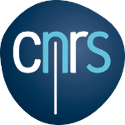News

Virtual meeting : Humberto Terrones, Tues 16 July, 11h : "Electronic and Optical Properties of 2D Materials"
Humberto Terrones (Rensselaer Polytechnic Institute, USA),
Electronic and Optical Properties of 2D Materials
Virtual meeting : Humberto Terrones, Tues 16 July, 11h : "Electronic and Optical Properties of 2D Materials"

Humberto Terrones (Rensselaer Polytechnic Institute, USA),
Electronic and Optical Properties of 2D Materials
last virtual meeting of the GDR for this academic year (proposed by Salome Forel, LMI, Lyon) : Tuesday, 16 July 2024, 11h :
Humberto Terrones (Rensselaer Polytechnic Institute, USA),
Electronic and Optical Properties of 2D Materials
Abstract : 2-D materials have attracted great attention in recent years due to the evidence of extraordinary electronic and optical properties for developing new materials for quantum applications. I will review the main electronic and optical properties of graphene, transition metal dichalcogenides (TMDs) and h-BN focusing on the nonlinear properties of TMDs and single photon emission (SPE) in h-BN. I will make a case for revisiting the synthesis of TMDs nanotubes and h-BN nanotubes for quantum applications such as photon entanglement and SPE. The role of defect engineering in the control of quantum properties will be discussed.
Please connect at :
https://univ-lyon1.webex.com/univ-lyon1-en/j.php?MTID=m116bb3ecd3780af4e22b517771cbe6c8

Lavoisier discussion : SENSAS : Selective synthesis advancements in SWCNTs
After years of research, new high-end applications of SWCNTs are emerging, often developed jointly between academic labs and industrial partners. Examples include SWCNT-based MOSFETs (TSMC), CNT-RAM non-volatile memories (Fujitsu), dense Nanotube mats for fuel cell electrodes (NAWA Technologies)...
This discussion will take place in Lyon from Monday, June 10th starting at 14:00, until Tuesday, June 11th at 17:30.
Visit the dedicated website
Lavoisier discussion : SENSAS : Selective synthesis advancements in SWCNTs

After years of research, new high-end applications of SWCNTs are emerging, often developed jointly between academic labs and industrial partners. Examples include SWCNT-based MOSFETs (TSMC), CNT-RAM non-volatile memories (Fujitsu), dense Nanotube mats for fuel cell electrodes (NAWA Technologies)...
This discussion will take place in Lyon from Monday, June 10th starting at 14:00, until Tuesday, June 11th at 17:30.
Visit the dedicated website
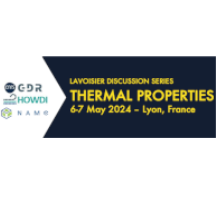
Lavoisier discussion : Thermal properties of 2D materials with GDR NAME
Lavoisier discussion GDR HOWDI/NAME : Thermal properties of 2D materials, Lyon, May 6-7, 2024
Lavoisier discussion : Thermal properties of 2D materials with GDR NAME

Lavoisier discussion GDR HOWDI/NAME : Thermal properties of 2D materials, Lyon, May 6-7, 2024

Inscriptions and poster submissions are now open for the joint-event GDR-NAME and GDR-HOWDI on Thermal Properties of 2D materials.
Please visit the website to register and submit your posters (registration deadline 19 April 2024).
The two-day workshop will take place in Lyon on May 6th and 7th, 2024, (starting at 12:00 PM on Monday and concluding around 4:00 PM on Tuesday)
The aim of this workshop is to provide a comprehensive overview of the thermal transport properties of 2D materials from both experimental and theoretical perspectives. Our focus will be on transport properties of 2D materials and heterostructures with detailed discussions on state-of-the-art techniques and future prospects.
Each session will feature keynote lectures followed by ample time for discussion, aiming to stimulate brainstorming and foster future collaborations at the intersection of these two communities.
The workshop will cover the following themes:
2D materials for thermal energy conversion
Phononics and straintronics of 2D materials
Thermal properties of 2D materials
Processing techniques to adapt thermal properties
Characterization techniques to probe thermal and acoustic properties
Simulation techniques from the atomic to the mesoscale
Industrial needs and future prospects
The confirmed guest speakers are
Oleg KOLOSOV (2D - 3D Materials for Energy and Thermal Transport)
Marianna SLEDZINSKA (Thermal Management)
Konstantinos PAPAGELIS (Straintronics)
Julien CHASTE (Elaboration and Measurements, 2D Transport, Microheaters)
Michele LAZZERI (ab initio simulations, sound and heat transport)
Emmanuel BAUDIN (Optics and electronics of 2D devices)
Paolo BONDAVALLI (2D Topological Materials)
Jerome SAINT-MARTIN (Monte Carlo thermal transport and thermoelectrics)
Roberto D’AGOSTA (ab initio simulations, electronic and thermal transport)
Jeremie MAIRE (TD/FD-TRF)
Olivier BOURGEOIS (Thermal measurements)
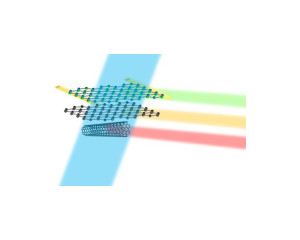
Summer School on Optical Spectroscopies of 1D & 2D Nanostructures
A Summer School on optical spectroscopies of 1D & 2D nanostructures will be organized by the Laboratoire Charles Coulomb at Montpellier from the 1st to the 5 th of July at the Faculté des Sciences of the Université of Montpellier.

Annual meeting 2024
The annual meeting of the GDR and IRN HOWDI will be held in Luxembourg Sept. 30 - Oct. 4, 2024. Abstract deadline : 22 May 2024.
Annual meeting 2024

The annual meeting of the GDR and IRN HOWDI will be held in Luxembourg Sept. 30 - Oct. 4, 2024. Abstract deadline : 22 May 2024.
The official colloquium website is now online and can be reached using the link:
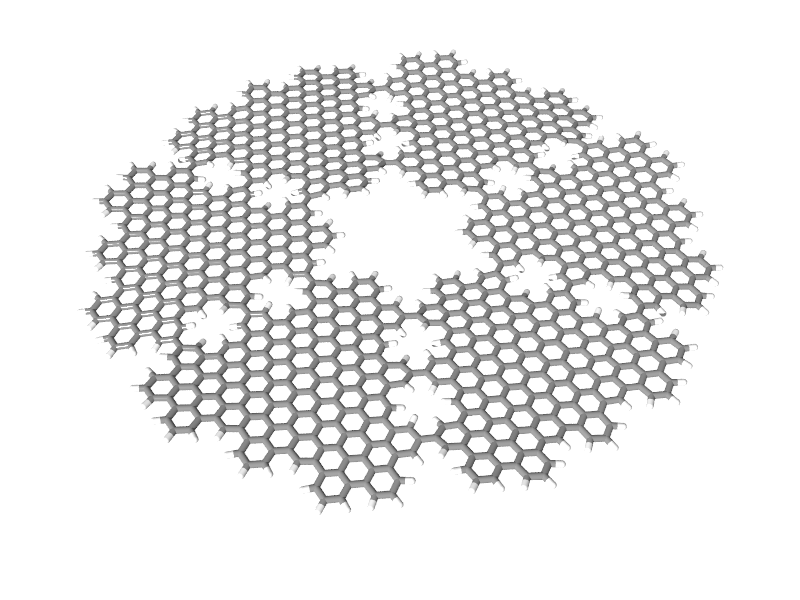
Lavoisier discussion : Bottom-up nano-graphenes 22-23 Jan 2024
Discussion Lavoisier sur la synthèse chimique de nano-graphène et matériaux affiliés
Lavoisier discussion : Bottom-up nano-graphenes 22-23 Jan 2024

Discussion Lavoisier sur la synthèse chimique de nano-graphène et matériaux affiliés
On January 22nd and 23rd, a Lavoisier discussion will be held on Bottom-up Synthesis of Graphene Related Materials on the plateau de Saclay (south-west of Paris area), France.
For all details, please visit our website.
The bottom-up synthesis of graphene related materials such as graphene quantum dots, nanoribbons and nanomeshes (GQD, GNR and GNM) is an extremely prolific field of research. Materials with highly controlled structures and properties have been developed by “on-surface” synthesis or by synthesis in solution. This workshop aims at federating the French and European communities working in this field through tutorials and presentations of the most recent results. It is dedicated not only to confirmed researchers in the field but also to young researchers who want to initiate projects on this topic and take part of this activity.
The workshop is organized by IRAMIS (CEA Paris-Saclay) and LuMIn (ENS Paris-Saclay) and will take place in the new building of the ENS Paris-Saclay.
Lavoisier discussions series are prospective workshops on research areas covered by the national research group (GDR) and the international coordination network (IRN) related to low-dimensional van der Waals heterostructures HOWDI..
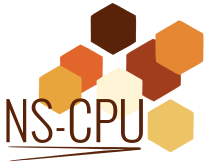
Lavoisier discussion : local probes & 2D materials ; Paris 6-7 Feb, 2024
The two groupements de recherche (GDRs), NS-CPU (Nanosciences with near-field microscopies under ultra high vacuum) and HOWDI (Heterostructures of van der Waals materials with low dimensionality) jointly organise a two-half-days workshop. The objects of interest, 2D materials and their heterostructures, are essentially surfaces. They are hence ideally suited to investigations with high-resolution local probes.
Lavoisier discussion : local probes & 2D materials ; Paris 6-7 Feb, 2024

The two groupements de recherche (GDRs), NS-CPU (Nanosciences with near-field microscopies under ultra high vacuum) and HOWDI (Heterostructures of van der Waals materials with low dimensionality) jointly organise a two-half-days workshop. The objects of interest, 2D materials and their heterostructures, are essentially surfaces. They are hence ideally suited to investigations with high-resolution local probes.
Topics covered by the workshop :
Photonics, including single-photon sources, exciton localisation, role of electrostatic disorder
Magnetism, including isolated or in-interaction spins, magnons and moiré effects
Electronic correlations, including spin impurities in 2D semiconductors, superconductivity, charge density waves
Location : Université de Paris Cité (Paris 13eme), 6-7 Feb. 2024

